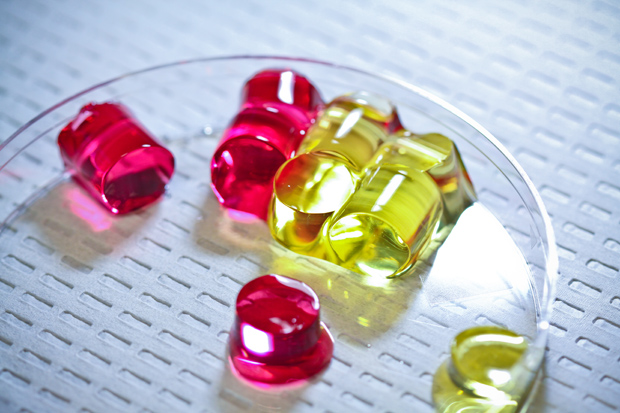
Supercapacitors complement batteries in energy storage and delivery schemes both large and small, as they can provide quick bursts of power. They already help Honda’s fuel cell vehicle FCX accelerate. But supercapacitors hold less energy per volume than a typical battery, so they have limited storage capacity.
Changing the electrode material can boost the capacitance, thus improving the energy density. Yi Cui and Zhenan Bao of Stanford University have made a hydrogel (water-based gel) using a conducting polymer. When used as electrodes in a supercapacitor, the new material has a capacitance about three times greater than a typical carbon supercapacitor. It’s also cheap to build and operate.
Typical supercapacitors are made from two closely spaced, porous carbon electrodes that charge and discharge quickly. Negative ions from the electrolyte collect inside the pores in the positive electrode, while positive ions gather in the negative electrode. That ion separation stores energy as a potential difference between the two electrodes.
from Ars Technica
